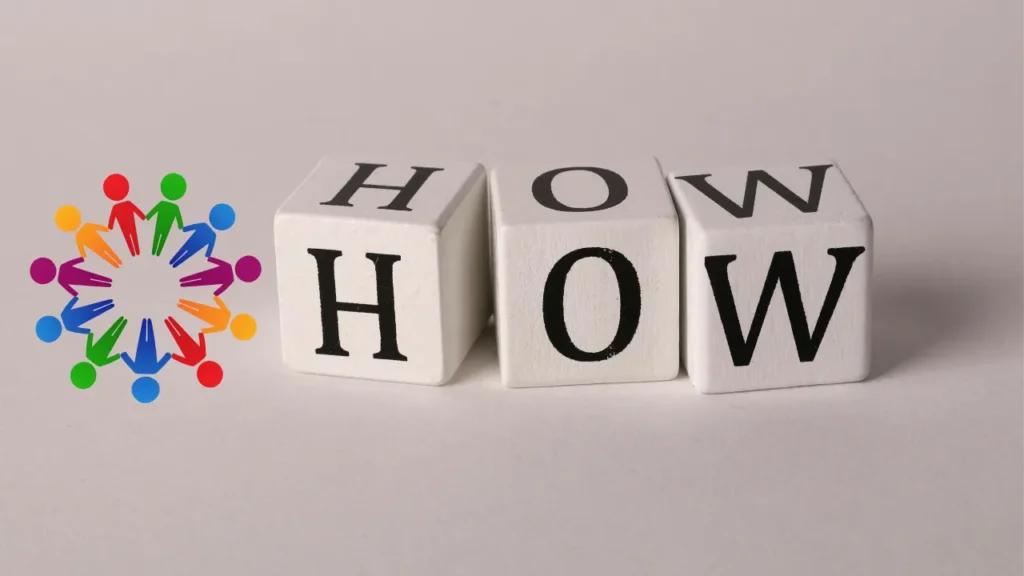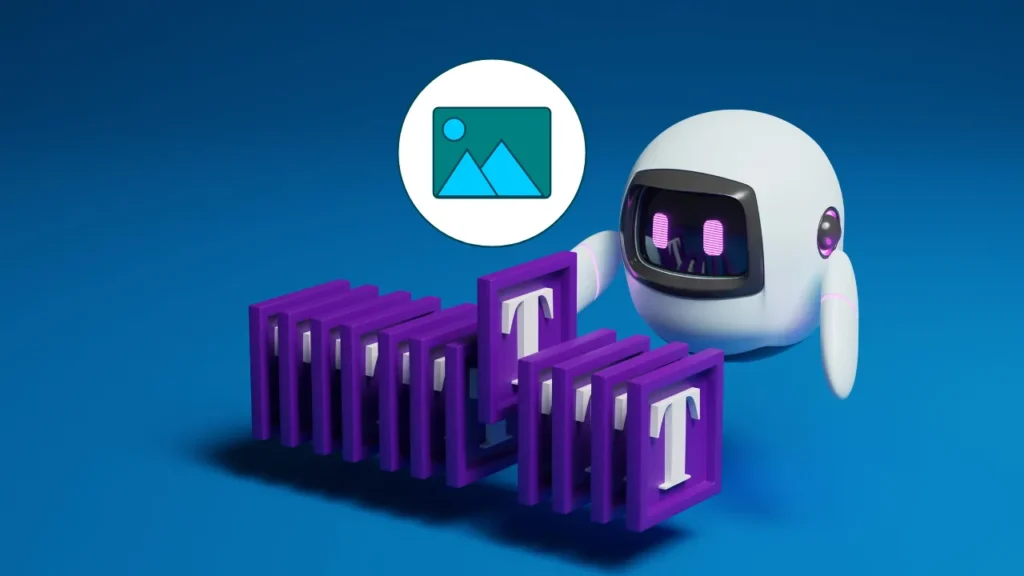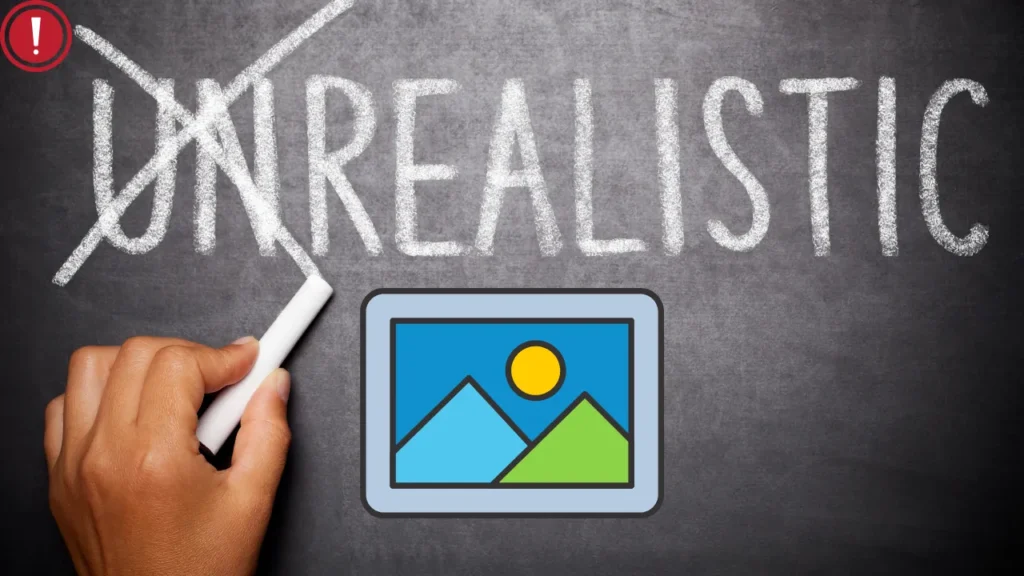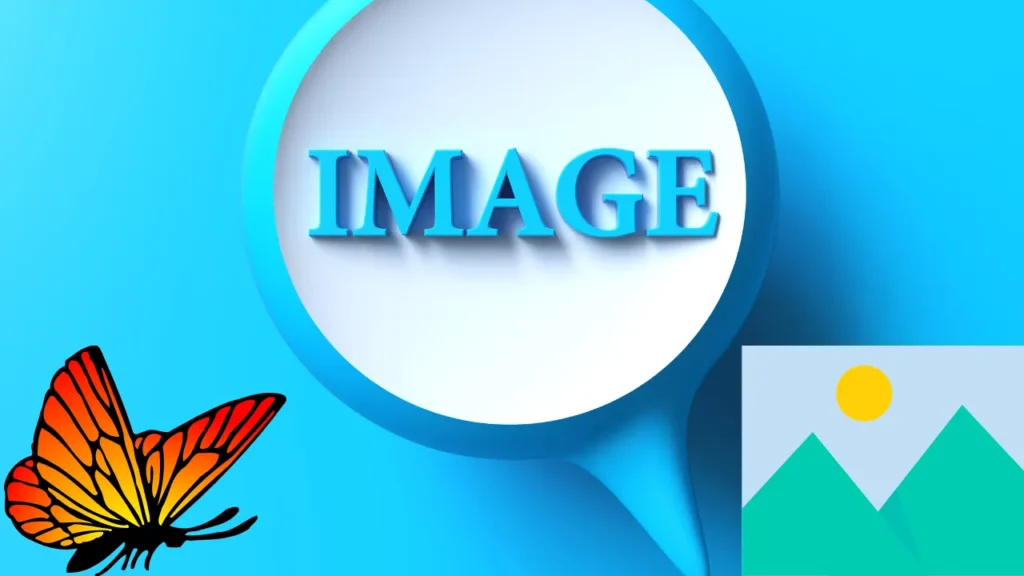How do I make an AI generated image more realistic?
If you have ever used AI image generators, you know they sometimes create images that appear artificial or unnatural.
But is there a way to improve these images and make them realistic?
Yes!
To make an AI-generated image more realistic, you can refine details with image editing programs, adjust lighting and shadows, and use high-quality AI models such as Midjourney or DALL-E. Experts such as Photoshop artist Bert Monroy recommend blending AI outputs with manual touch-ups to achieve the best outputs.
But that is just the beginning!
In this article, we would dive into proven techniques that professionals use to improve AI-generated images.
To avoid AI detection, use Undetectable AI. It can do it in a single click.
Table of Contents
How Do I Make an AI Generated Image More Realistic?

Understanding the significance of prompts and learning how to maximize the resources at your disposal are essential if you want to generate realistic images from an online AI image generator. The following advice can assist you achieve best output.
Read Also >>> Generative AI Legal Issues in 2025
Compose a Thorough Prompt
Provide precise explanations of the topic, setting, lighting, and aesthetic. To aid the AI in producing realistic features, include information about textures, colors, or materials. Words such as hyper-realistic, photo-realistic, cinematic lighting, 35mm lens and soft focus are also acceptable. They can assist the AI in producing a realistic image.
Pay Attention to the Shadows and Lighting
Just defining the lighting conditions can assist you produce realistic images right away. For example, you can discuss artificial lighting (studio lighting, softbox, or neon lights) or natural lighting (sunlight, overcast, or golden hour).
If you want to coordinate with the lighting, you can also add shadow details. Use phrases such as soft shadows, harsh shadows, or ambient occlusion to achieve that.
Use Analogies or References from the Real World
These could be particular locations, items, or aspects of culture, such as Paris street café or American muscle car from the 1960s. You can ground the AI’s output in reality by mentioning them.
Furthermore, you can maximize the use of your AI generator if it enables image-to-image references. To improve the output, upload an image that can be used as a guide.
Tips for Optimizing Prompts to Make an AI Generated Image More Realistic

- To begin, clearly state what you would prefer the image to appear.
- Use style-related keywords to help the AI gravitate toward the art style you prefer.
- Add specific details to your prompt to make it better. These specifics improve your prompt and better direct the AI.
- To avoid confusing AI generators, steer clear of extremely complicated prompts. For your generated images to produce consistent and desired outputs, concentrate on conciseness and clarity.
- Never accept the initial outcome. Try different prompts and adjust the words, structure, and length to see how it affects the AI’s output. Iteration is essential for improving your prompts.
- Understand the capabilities of the AI applications you use, including the language they react to and the sources of their training data. To obtain better outputs, validate that your prompts are in accordance with the language used by visual artists.
- Create prompts using comma-separated lists of phrases and keywords. This format makes it easier to communicate with the AI generator, which makes it easier to translate your idea into the image.
- In your prompts, indicate the kind of art you prefer, such as impressionism, surrealism, or the style of a specific artist. This personalization promises that the AI obtains its inspiration from the appropriate places.
- Try experimenting to see how different words affect the image. Experiment with different descriptive texts to see how they affect the images that are produced.
- To further customize the AI’s output, experiment with prompt engineering and improve your text input. Use the extra features that AI apps provide to change elements such as aspect ratio, chaos, quality, and style.
- AI generators can help you overcome creative blocks and expedite the process of developing ideas. Consider inspiration from AI images and experiment with advanced features such as recoloring and image extension.
Mistakes to Avoid When Making an AI Generated Image More Realistic

Too Much Data: Begin with a brief explanation. Excessive details can complicate the image. Create a simple image initial then bit by bit add additional details.
Incorrect Angles and Sizes: Verify that every component of the image is the appropriate size. Verify that everything appears to be in its proper location.
Too Many Impacts: Limit your use of special effects. It could impart the image a phony appearance. Make everything appear as it would in real life.
How to Make Your AI Generated Image Even Better?

Use Different Editing Resources: Use additional software, such as Adobe Photoshop or GIMP, to enhance your image. These can provide additional details.
Try Various Styles: To determine which style is effective for your image, try a variety of styles. Mixing styles may seem quite cool at times.
Obtain Input: Ask friends and family what they think of your image. They can assist you in identifying issues. Make adjustments to improve your image until it is pristine by following their suggestions.
FAQs: How Do I Make an AI Generated Image More Realistic?
What is an AI generated image?
An AI generated image is a visual output created by an AI program or model that uses algorithms and deep learning techniques to generate graphics based on input data. These images can range from abstract art to realistic representations, depending on the AI model and the prompt provided.
The AI image generation process often involves training on large datasets to understand various styles, themes, and subjects.
How can I improve the realism of my AI generated images?
To improve the realism of your AI generated images, consider the following tips:
Firstly, use detailed and specific prompts that describe the desired scene, including lighting, perspective, and textures. Secondly, experiment with various AI image generators such as Midjourney or ChatGPT that specialize in creating high-quality visuals.
In addition, post-processing techniques such as adjusting brightness, contrast, and saturation can significantly improve the image quality.
What role does the prompt play in generating realistic AI images?
The prompt is fundamental when using an AI image generator as it guides the AI in understanding what you want to create. An effective prompt should include specific details about the subject, style, and context of the image.
For instance, instead of just saying dog, an effective prompt would be a golden retriever playing in a sunny park. The descriptive and specific your prompt is; the higher probability the AI could generate a realistic AI image.
Can I use post-processing to make AI generated images more realistic?
Yes, post-processing is a valuable technique for improving the realism of AI generated images. After generating an image, you can use image editing software to adjust aspects such as color balance, sharpness, and resolution.
Increasing the resolution of images can help reduce pixilation and improve detail, making the product appear realistic. Programs such as Adobe Photoshop or GIMP can be effective for these kinds of edits.
Conclusion: How Do I Make an AI Generated Image More Realistic?
Improving the AI-generated images requires a mix of fine-tuning, creative adjustments, and post-processing techniques. By focusing on high-resolution outputs, adjusting lighting and shadows, refining facial details, and using advanced AI programs, you can transform artificial-looking images into realistic masterpieces.
Experimenting with textures, backgrounds, and minor imperfections can also add an extra layer of authenticity to your images.
Have you tried any specific techniques to make AI-generated images more realistic?
Share your favorite techniques or challenges in the comments below!


